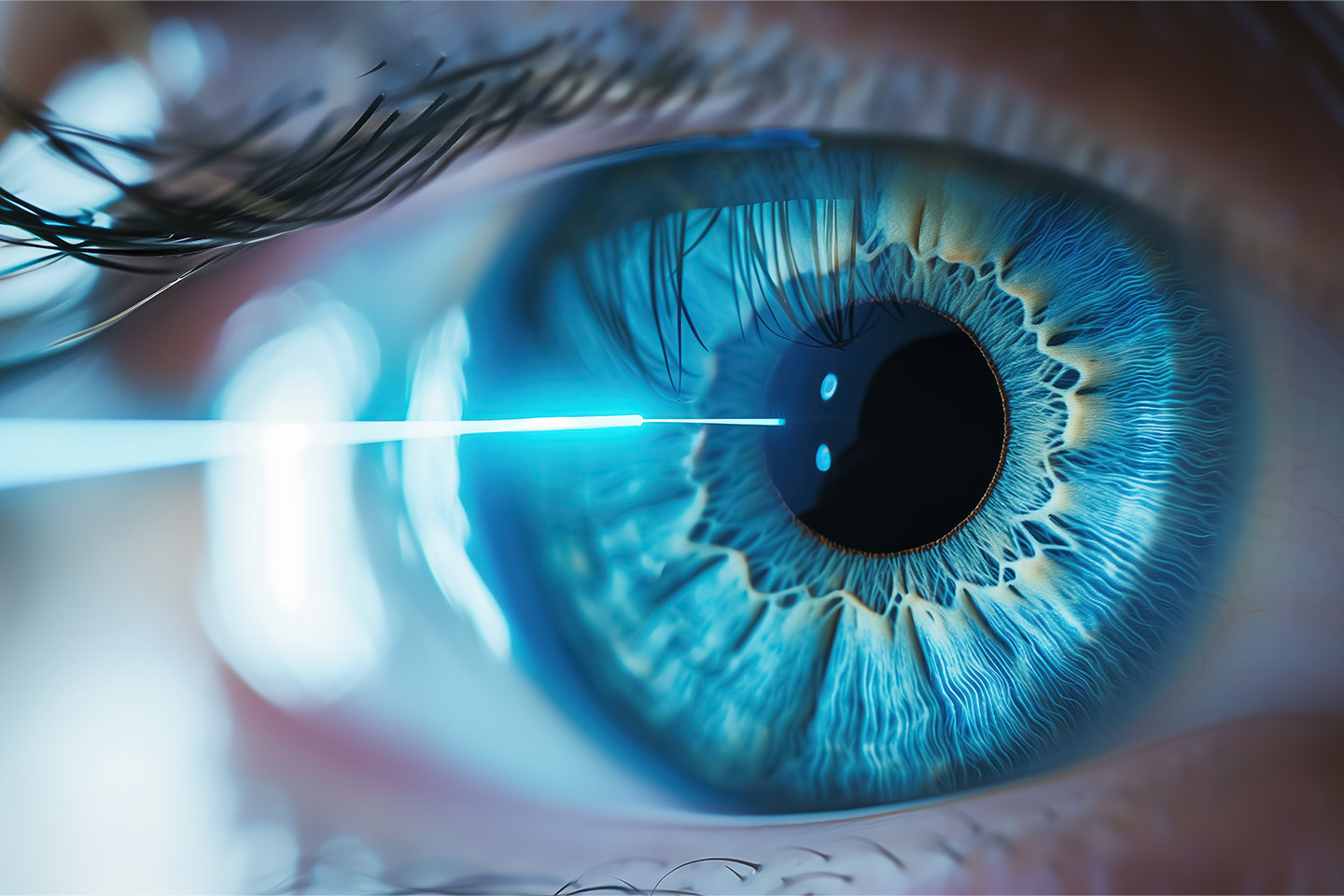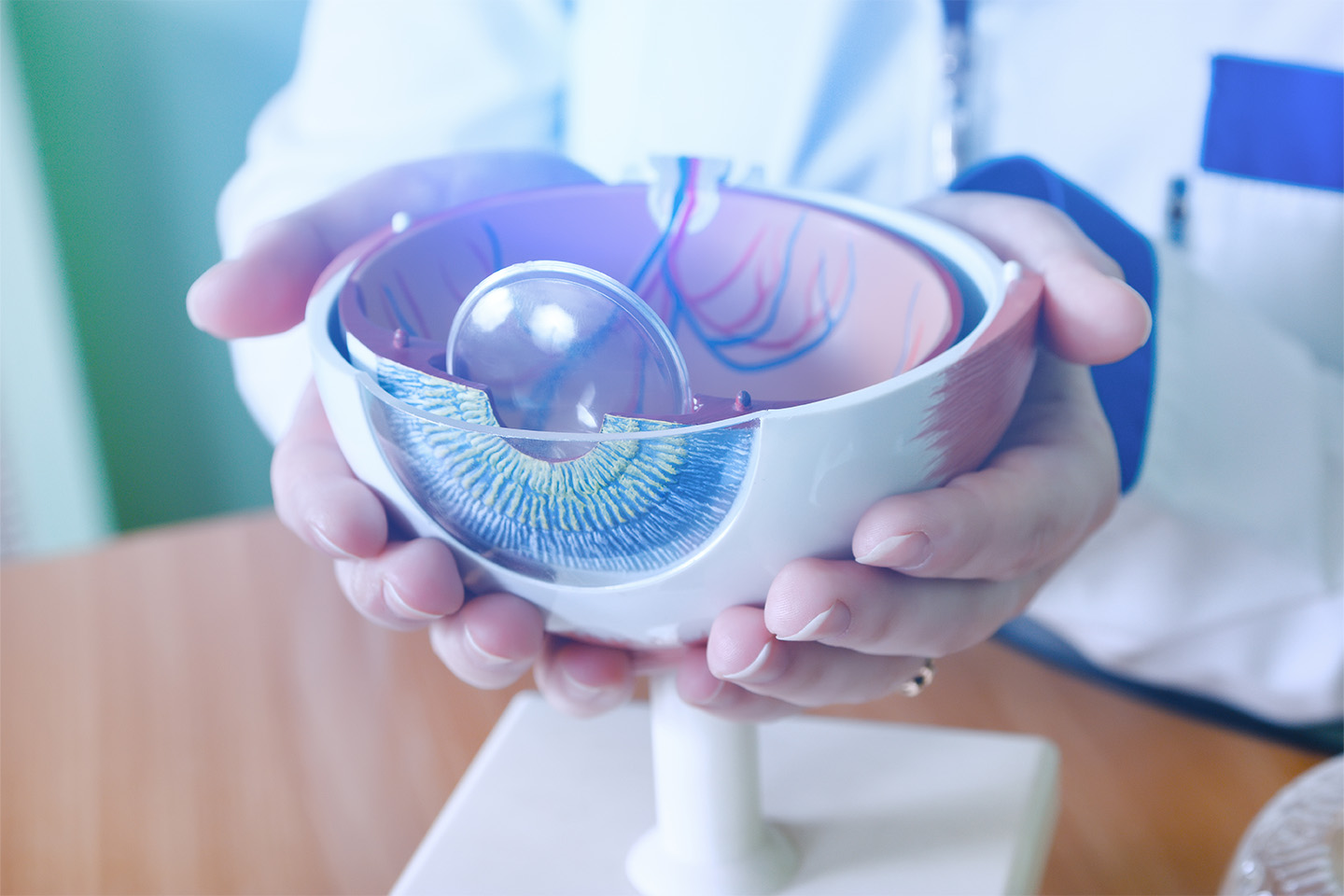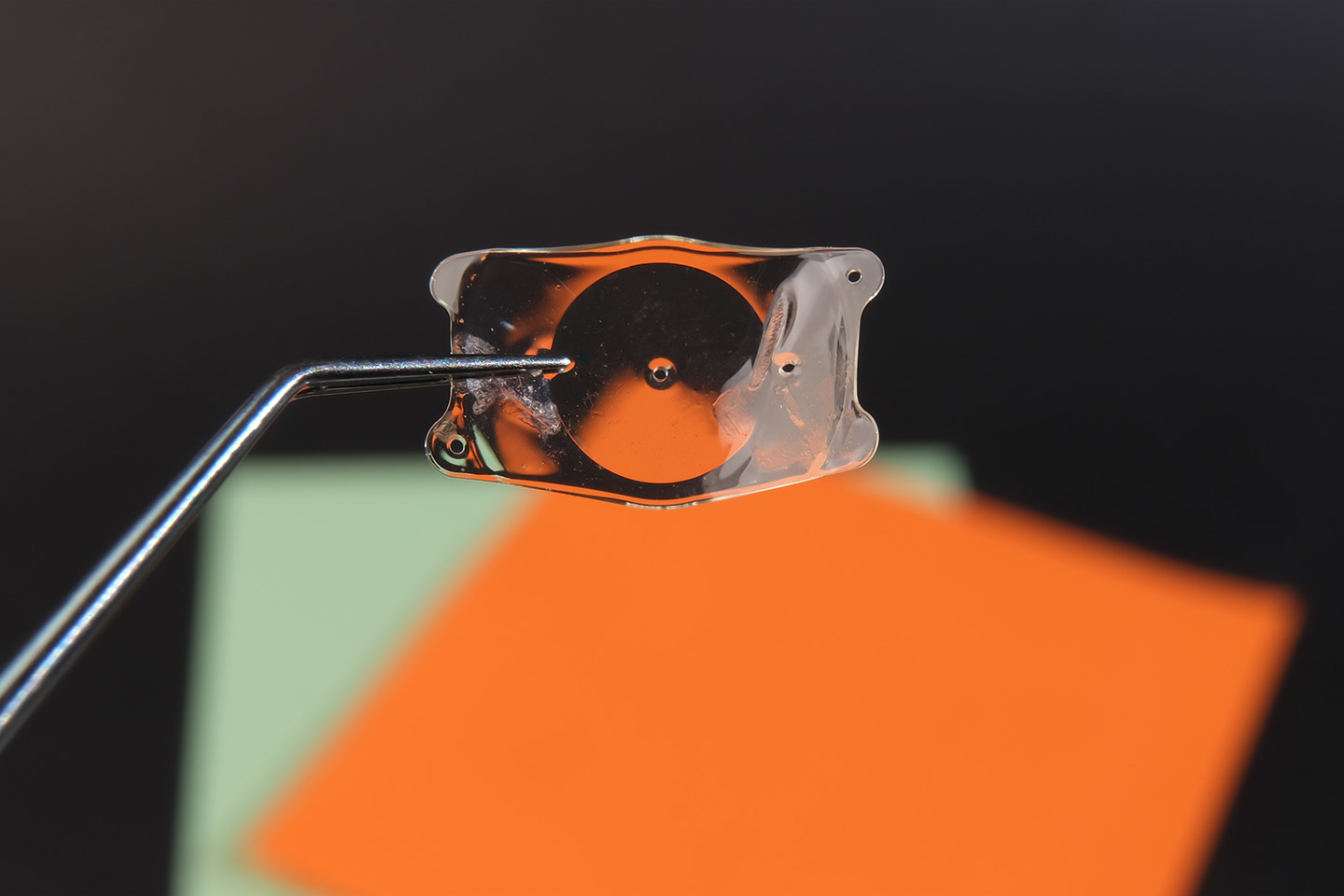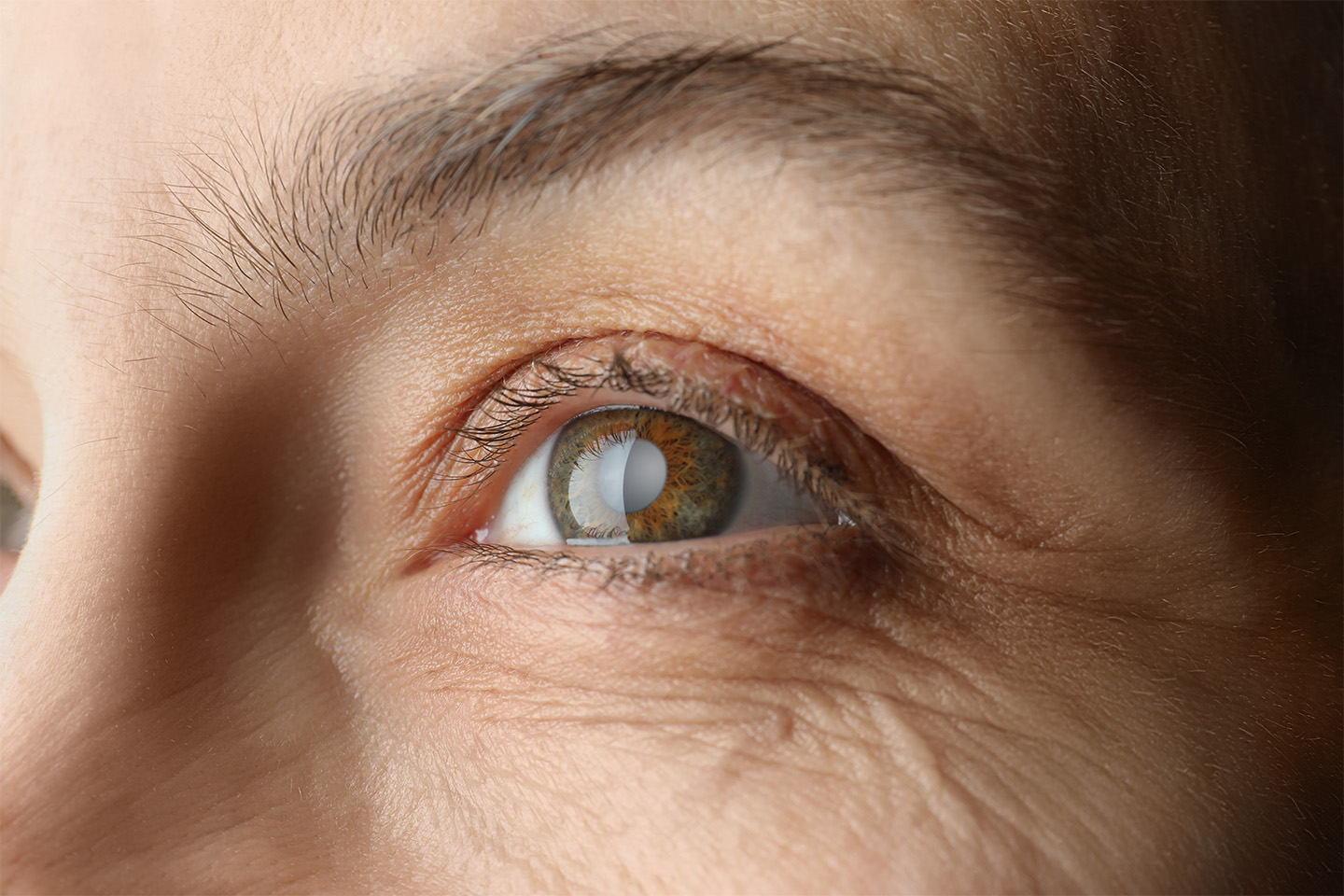How to Care for a Corneal Abrasion
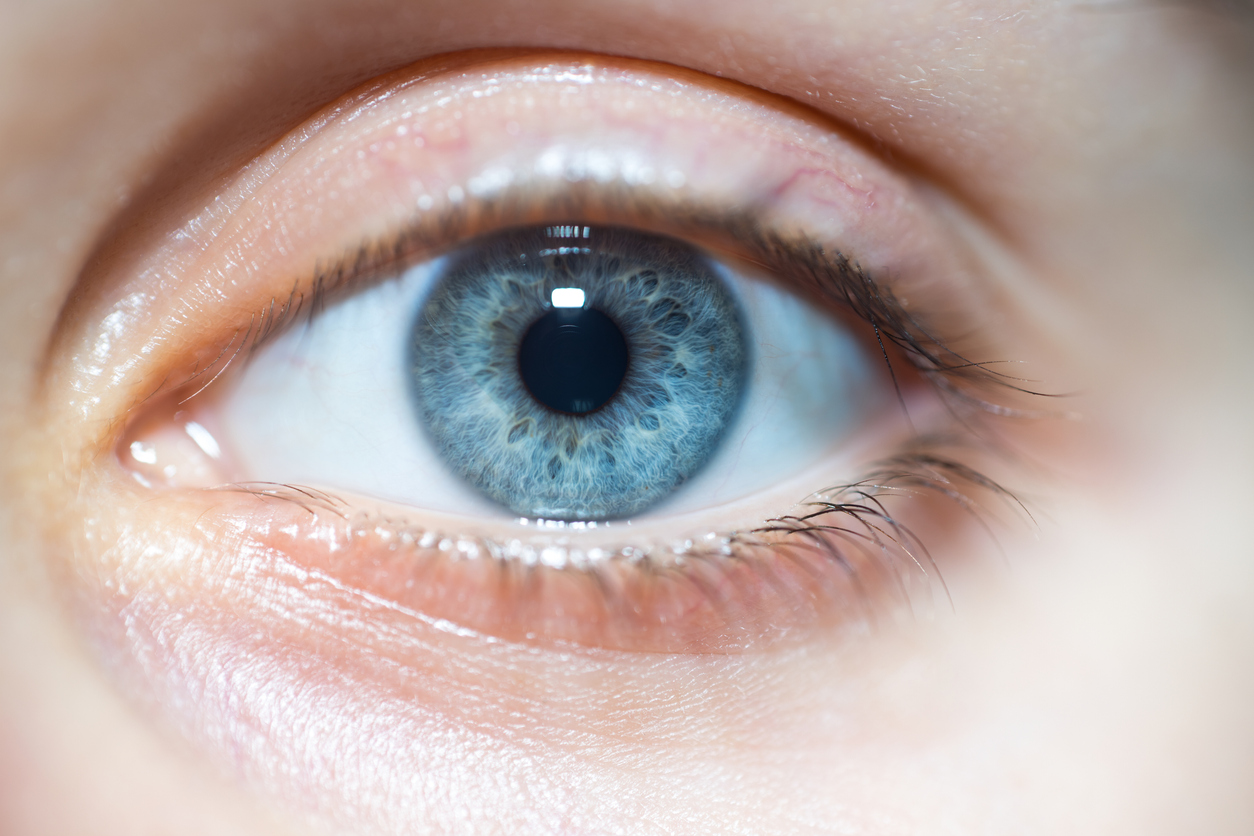
The cornea is a crucial component of ensuring we have clear vision, but it is also particularly vulnerable to cuts and scratches. If a corneal abrasion occurs, you should take quick measures to treat the condition for a speedy recovery.
The thin, transparent cover of the eye, known as the cornea, focuses incoming light so we can see. The cornea is made up of five parts: the epithelium, Bowman’s membrane, the corneal stroma, Descemet’s membrane, and the endothelium.
The superficial top layer, or the epithelium, is comprised of sensitive cells similar to skin cells. Below that band is the tougher Bowman’s membrane. Added together, these two layers account for only 10 percent of the cornea’s thickness.
Despite their thin nature, these two layers are important in ensuring the proper functions of the eye. They are also the most vulnerable to serious injury from scratches and cuts that we refer to as corneal abrasions. A minor corneal abrasion can interfere with your vision, but also may lead to a more serious infection if left untreated.
Corneal abrasions are the result of a foreign object scaping the surface of the cornea. Dust, sand, or even an accidental scratch from a fingernail may cause an abrasion. People with dry eye syndrome are slightly more prone to corneal abrasions, as the lack of moisture in their eyes may cause their eyelids to tear the epithelium.
If you are experiencing a sensation similar to having a gritty object in your eye, you may have a corneal abrasion. Scratches to the cornea can be tremendously painful because the cornea is made up of so many nerve cells. Other signs that your cornea may have been lacerated include excessive tearing, redness, headaches, and sensitivity to light. With prompt treatment, however, you can quickly reverse these symptoms and stop your corneal abrasion from resulting in any long-term vision problems.
Treating Corneal Abrasions
If you think you have scratched your cornea, contact your eye care specialist immediately. Before you visit the doctor, you can try to flush out the object by pouring a saline solution over the eye. Other methods of potential relief involve blinking several times or pulling your upper eyelid over the lower eyelid, actions which both encourage tear production to wash away foreign particles.
Avoid rubbing your eyes or attempting to remove the object with tweezers or cotton swabs. Contact lenses don’t protect against corneal abrasions, so you should remove contacts if you are experiencing a corneal abrasion.
To diagnose a corneal abrasion, your eye care specialist will numb your eye in preparation for an eye exam. The doctor will then view the cornea under a special microscope known as a slit lamp to check for any surface-level scrapes.
Treatment for an abrasion tends to center around measures that will allow your eye to best go through its natural healing processes. Your doctor may prescribe you antibiotics to prevent infection, as well as moisturizing eye drops to soothe the cornea. In special cases, a bandage contact lens may be placed over the cornea to further promote healing and reduce pain.
Once you’ve been diagnosed and prescribed treatment, schedule a follow-up appointment with your doctor to check on your progress. Minor corneal abrasions can improve within a day or two, but deeper cuts in the middle of the cornea take longer to heal and may result in a permanent scar.
Preventing Corneal Abrasions
Because of the pain and potential risks to vision, it’s best to take measures to prevent corneal abrasions altogether. There are several precautions you can take to prevent scratches and shield your cornea from damage.
Wear Protective Goggles. If you play sports, do yard work, or work at a job that requires you to use heavy machinery, wear protective goggles. This eyewear prevents abrasions by serving as a physical shield for objects that may fly toward your eyes. For optimal safety, make sure they are properly fitted around your eyes.
Care for Your Contacts. If you wear contacts, regularly clean them with a contact lens solution to maintain healthy corneas. Be sure to discard any old contact lenses to prevent wear and tear that may result in an eventual abrasion.
Treat Your Dry Eyes. Since dry eye syndrome increases your risk of corneal abrasions, managing and treating the condition will help prevent damage to the cornea. Your doctor can recommend therapies for dry eye as necessary.
Caring for Your Cornea
Kleiman Evangelista Eye Centers of Texas provide a full menu of eye-care services. We’ll examine your cornea and we diagnose an abrasion, we can prescribe treatments to ensure a rapid recovery. We also offer cataract surgery and LASIK vision correction surgery. Call today for a consultation.
Turn To The Top Eye Doctors In Texas
Check out one of our locations below for the best eye care near you:
[DISPLAY_ULTIMATE_SOCIAL_ICONS]



